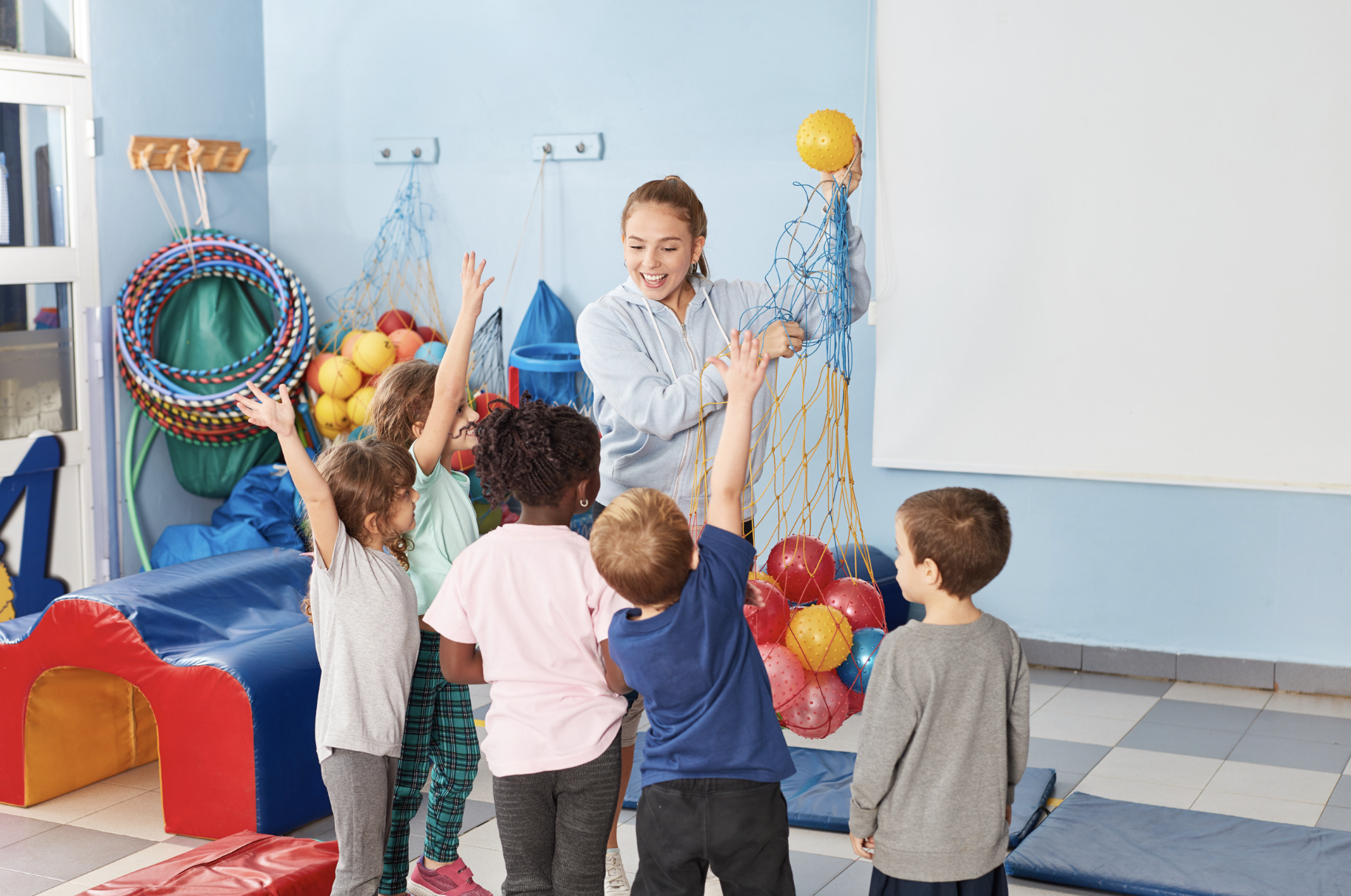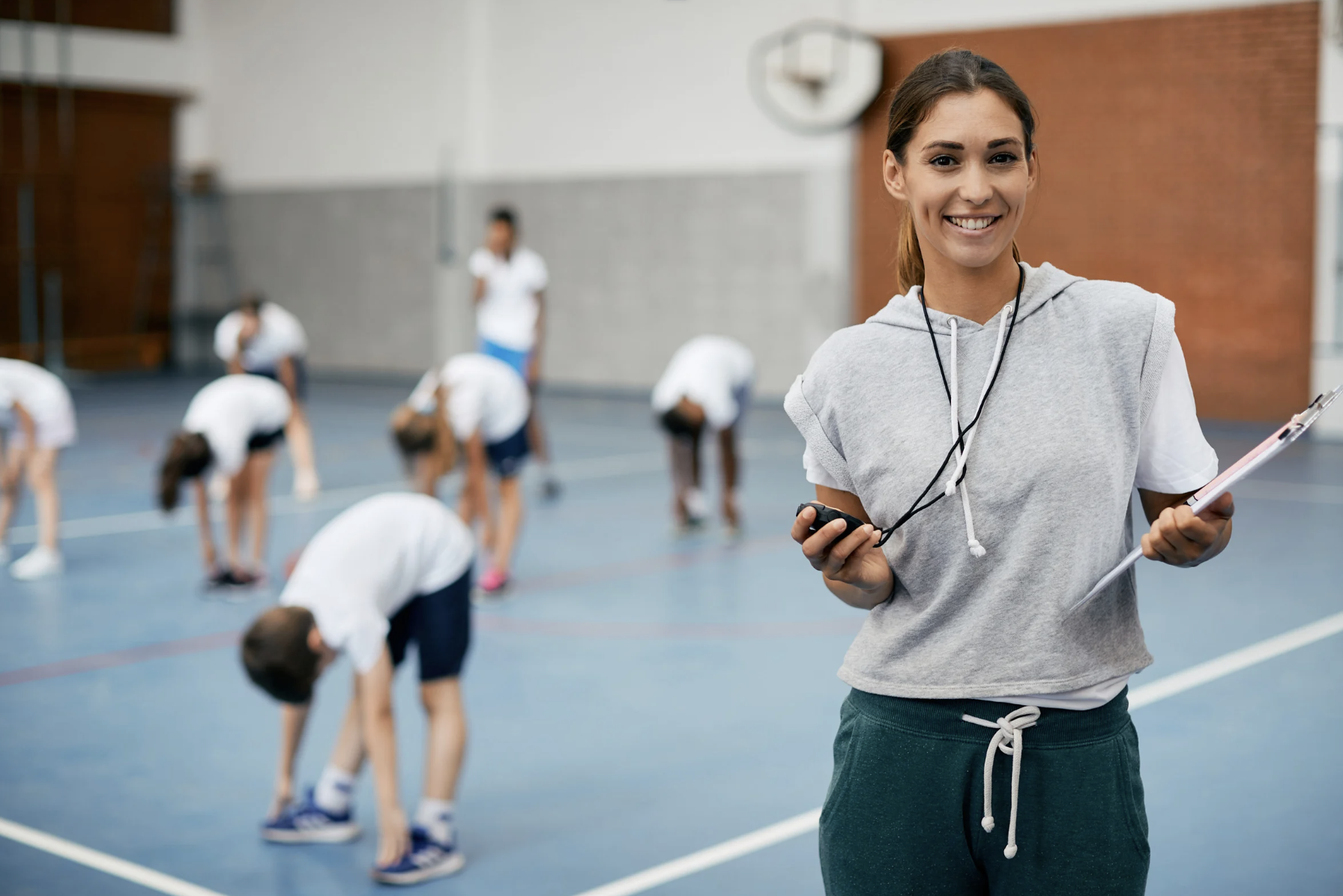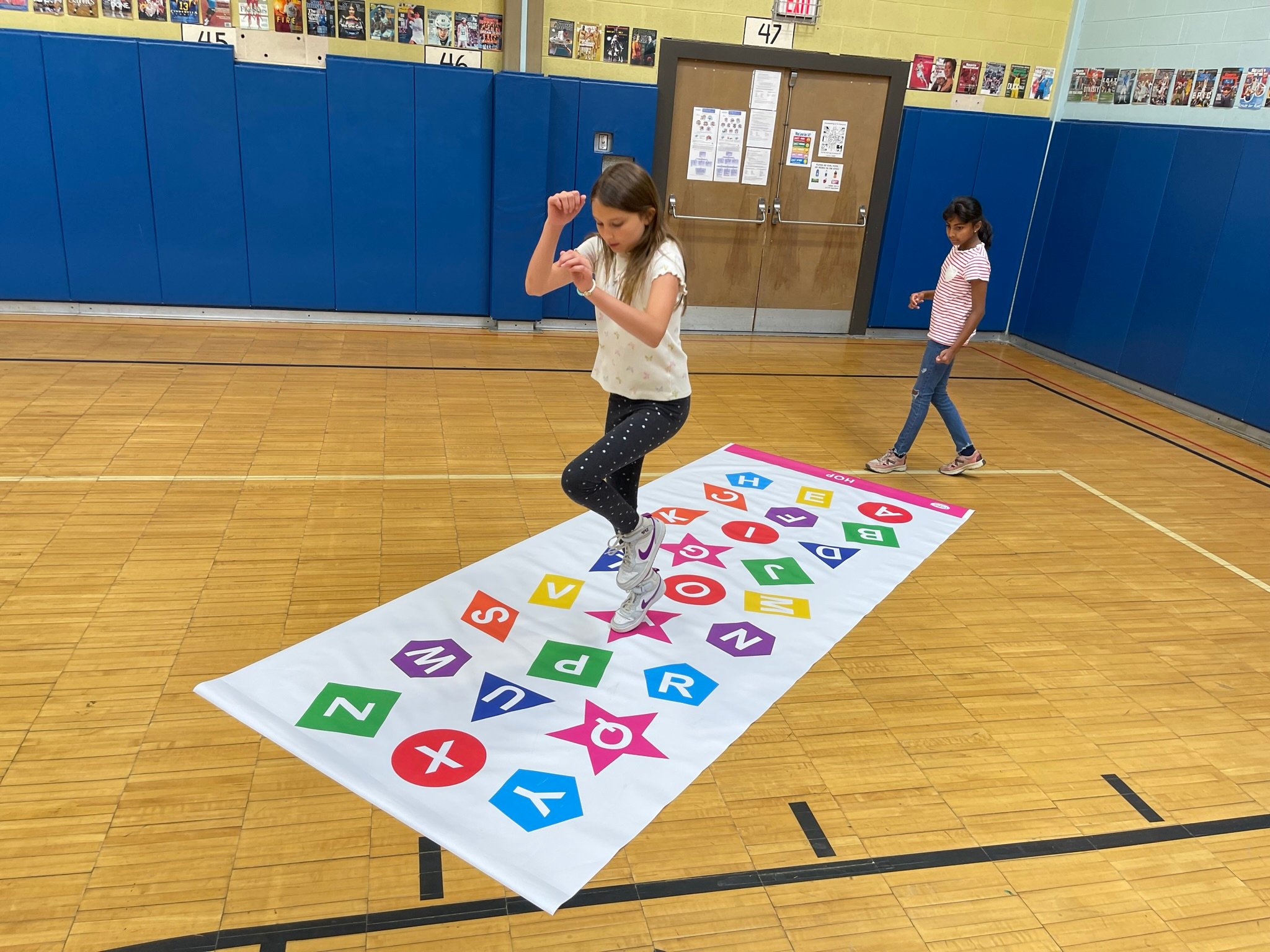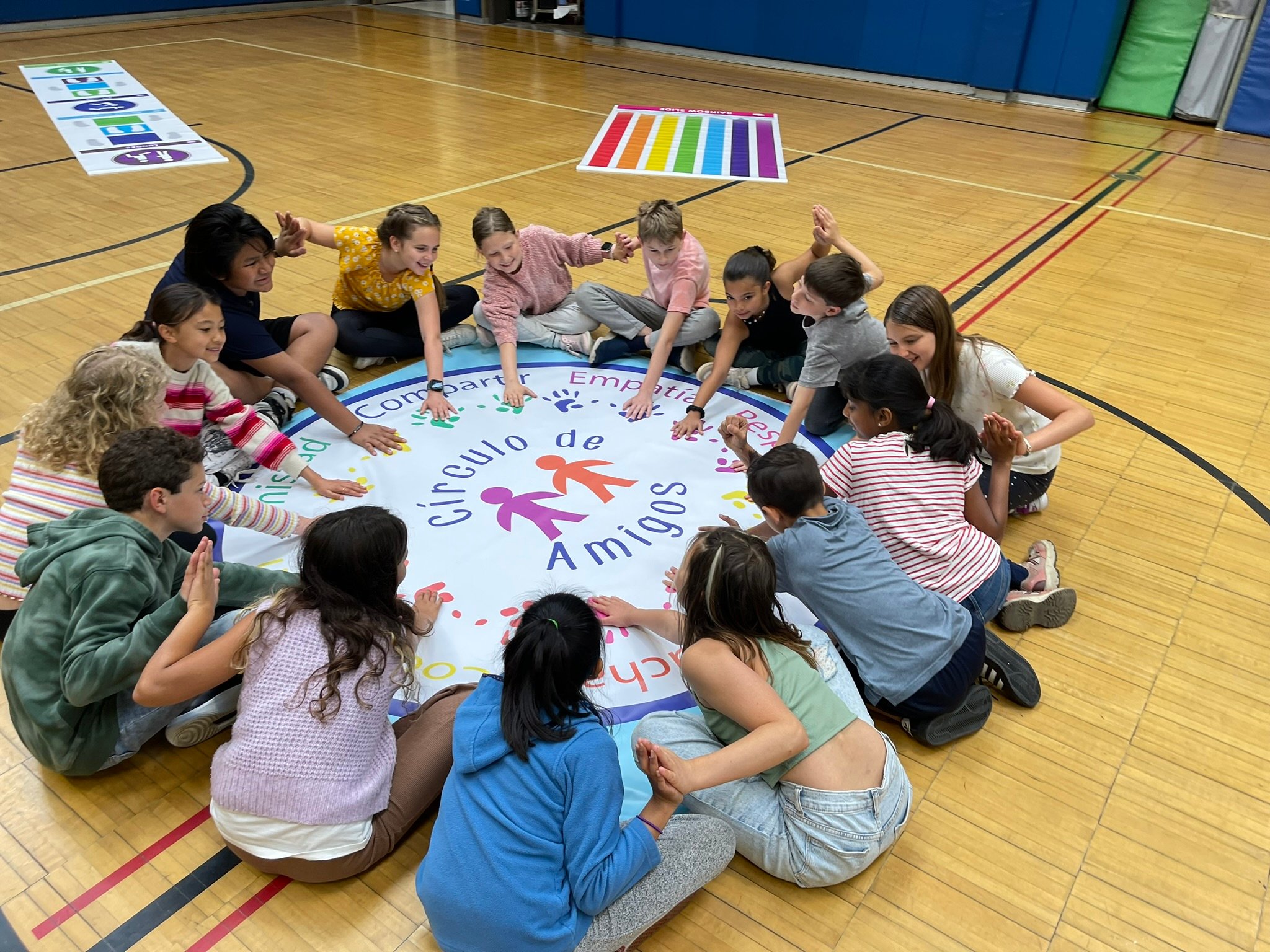15 strategies to address large classes in PE! – PART 1
– Written By Dr. Timothy Davis –
Going back to school after the holiday break can feel daunting. Especially for Physical
Education teachers whose class sizes (on a national average) exceed 40 students per class!
Although SHAPE America recommends smaller class sizes, the reality is large class sizes pose
difficult instructional and safety concerns.
Many students continue to struggle with social emotional concerns and impulsive behaviors.
Fit and Fun recognizes the need of PE teachers to manage their classrooms in a safe and efficient manner so students can be
successful.
The following outlines our latest blog series that we hope you find informative.
In this 3-part blog series, Fit and Fun Playscapes presents proven methods and instructional strategies to help you address, teach, and organize large groups in physical education. I have often been told that as a physical educator I am a “people mover” – simply put I often need to move large groups (safely and efficiently) from one area to another. Obviously, this requires clear and concise instruction. However, there are many other ways to achieve the desired outcome in a safe and meaningful way that also empowers or gives choice to students.
In this first blog, let’s start with a quick review of quality instruction on how to handle large class
sizes in physical education. The key is to employ proven strategies that create a positive and
effective learning environment. Take a moment to review these quick 15 strategies to address
large classes in PE! Let’s get started:
Clear Communication: Establish clear and concise communication with students. Ensure they understand instructions, rules, and expectations. Use visual aids or demonstrations to enhance understanding.
Efficient Equipment Management: Organize and set up equipment in advance to minimize downtime. Consider using equipment that is easy to distribute, set up, and put away quickly.
Effective Use of Space: Maximize the available space by organizing activities that require minimal equipment or space adjustments. Be strategic in laying out the activity areas to prevent congestion.
Structured Warm-Up and Cool Down Routines: Develop efficient warm-up and cool-down routines that can be easily implemented and supervised. This helps save time and ensures that valuable instructional time is maximized.
Utilize Teaching Assistants or Student Leaders: Enlist the help of teaching assistants, student leaders, or volunteers to assist with demonstrations, organizing equipment, and managing smaller groups. This can enhance
supervision and engagement.Implement Time Management Strategies: Break down lessons into smaller, manageable segments. Use timers to signal transitions between activities, ensuring a smooth flow of the class.
Incorporate Cross-Curricular Activities: Integrate other subjects into your PE lessons to reinforce learning in multiple areas. This can add educational value to the class and make it more engaging for students.
Adapt Activities for Larger Groups: Modify traditional activities to suit larger class sizes. For example, use larger playing areas, adjust game rules, or create variations of activities that accommodate more participants.
Grouping Strategies: Employ various grouping strategies, such as small groups, pairs, or rotating partners. This facilitates effective management and allows for individualized attention during specific activities.
Regular Assessment and Feedback: Implement ongoing assessment methods and provide timely feedback to students. This helps maintain accountability and allows for individualized support when needed.
Student-Centered Approaches: Foster a student-centered learning environment where students take an active role in their own learning. Encourage self-reflection and peer assessment to share the responsibility of the learning process.
Professional Development Opportunities: Seek professional development opportunities that focus on managing large class sizes. Learn from experienced PE teachers and share strategies within your teaching community.
Advocate for Support: Advocate for additional support staff or resources if available. Larger classes may benefit from having extra personnel to assist with supervision and instruction.
Create a Positive Classroom Culture: Establish a positive and inclusive classroom culture. Encourage teamwork, respect, and cooperation among students. A positive atmosphere can contribute to a smoother and more enjoyable learning experience.
Flexibility and Adaptability: Be flexible and adaptable in your teaching approach. Recognize that not every lesson may go as planned and be prepared to adjust on the spot
By implementing these basic strategies, PE teachers can navigate the challenges of large class sizes while still delivering effective and engaging lessons. Each class is unique, so it's essential to assess the specific needs of your students and adjust accordingly. Our next blog will tackle
strategies to enter and exit the gymnasium while making this important time for students
meaningful as they transition to other classes.







Leave a comment